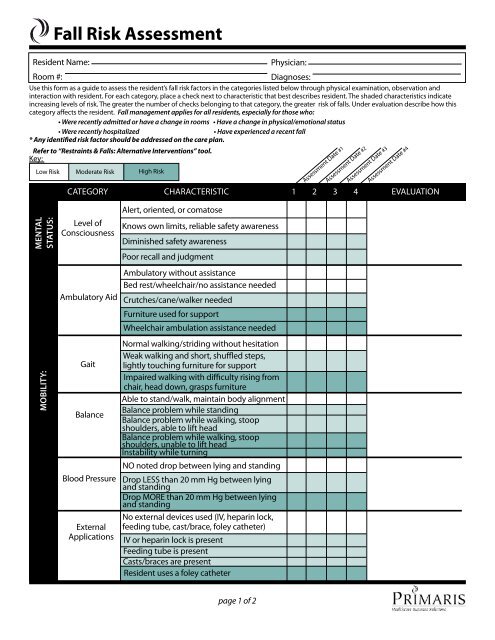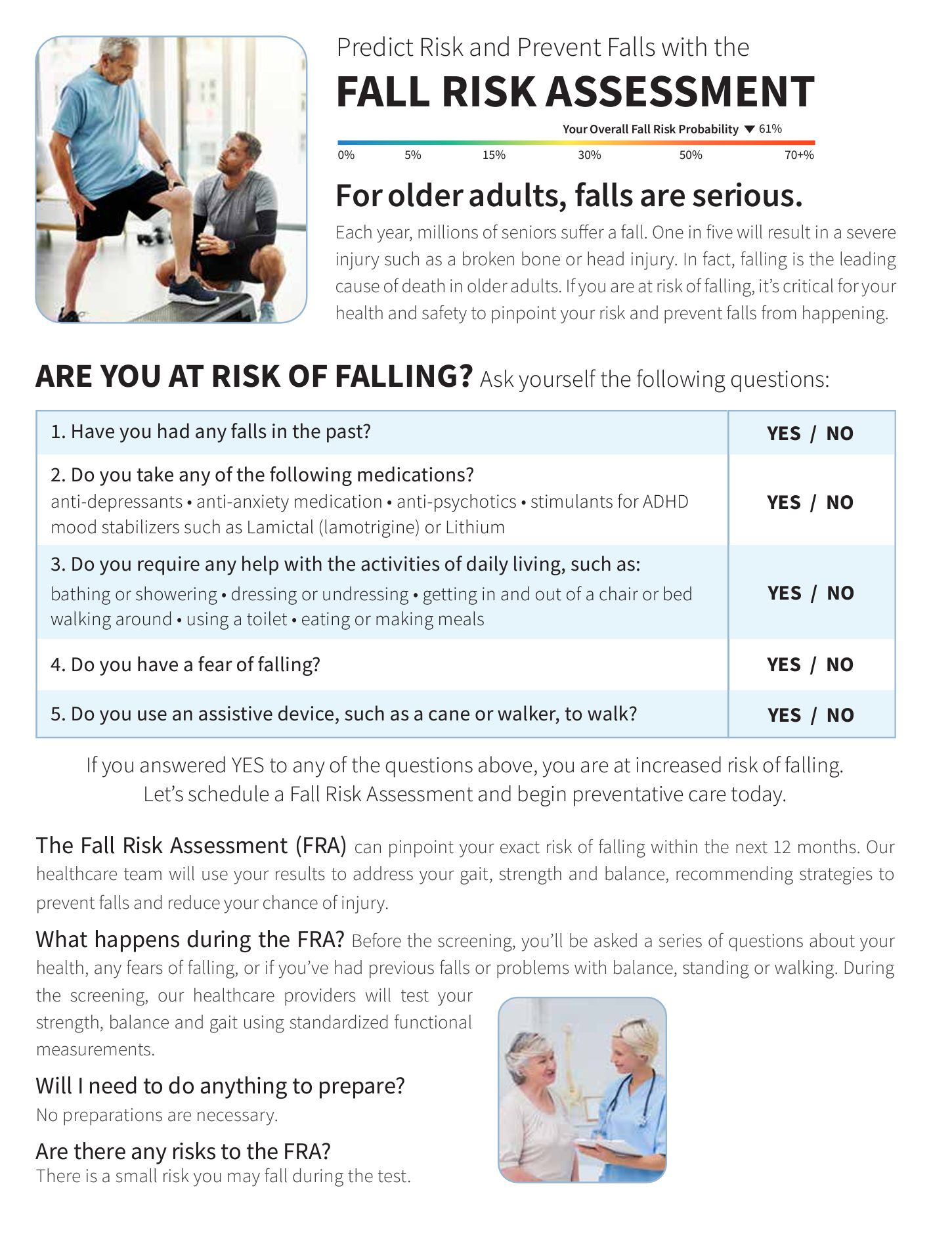Dementia Fall Risk Can Be Fun For Anyone
Getting The Dementia Fall Risk To Work
Table of ContentsSome Known Questions About Dementia Fall Risk.The Best Strategy To Use For Dementia Fall RiskEverything about Dementia Fall RiskDementia Fall Risk - An OverviewTop Guidelines Of Dementia Fall Risk
You could be nervous because you've had a loss prior to or due to the fact that you have actually observed you're starting to feel unsteady on your feet. You may have noticed modifications to your wellness, or simply seem like you're reducing a little. Whatever the reason, it isn't unusual to become cautious and shed confidence, and this can stop you doing the important things you used to do and make you really feel extra separated.If you have actually had a loss or you've started to really feel unstable, tell your doctor also if you really feel fine otherwise. Your medical professional can check your equilibrium and the method you walk to see if renovations can be made. They may have the ability to refer you for a drops threat analysis or to the falls prevention service.
This info can be obtained through meetings with the individual, their caregivers, and an evaluation of their clinical documents. Begin by asking the individual regarding their history of drops, consisting of the regularity and conditions of any type of recent falls. Dementia Fall Risk. Ask about any kind of wheelchair troubles they may experience, such as unstable or problem walking
Conduct a complete evaluation of the individual's drugs, paying specific focus to those known to raise the danger of drops, such as sedatives or medications that lower blood stress. Establish if they are taking several medications or if there have been recent adjustments in their drug program. Evaluate the person's home setting for potential threats that might raise the risk of falls, such as poor lighting, loose rugs, or absence of grab bars in the restroom.
Not known Details About Dementia Fall Risk
Guide the person via the loss risk evaluation type, clarifying each question and taping their feedbacks accurately. Ensure that the private understands the objective of the evaluation and really feels comfy supplying straightforward answers. Calculate the overall danger rating based upon the reactions offered in the evaluation form. Figure out the individual's risk classification (reduced, tool, or high) based on the complete rating and the existence of automated risky standing variables.
This plan may consist of workout programs to boost toughness and equilibrium, drug changes, home adjustments, and references to various other professionals as needed. Regularly check the person's development and reassess their risk of falls as needed. Modify the treatment strategy based on modifications in their health and wellness standing or home atmosphere. Offer ongoing education and learning and assistance to advertise safety and lower the danger of falls in their day-to-day living tasks.
Many researches have actually revealed that physical treatment can help to reduce the danger of falling in adults ages 65 and older. In a brand-new study (that took a look at falls threat in ladies ages 80 and older), scientists calculated the economic impact of selecting physical therapy to prevent drops, and they discovered that doing so conserves $2,144, consisting of all the concealed costs of your time, pain, missed life events, and the dollars spent for services.
The Best Strategy To Use For Dementia Fall Risk
Inspecting your heart rate and blood pressure dimensions at remainder and while you turn (from resting or lying to standing). A basic examination of your reasoning (cognitive) abilities. Evaluating your equilibrium, stamina, and walking capacity. A straightforward vision test. Examining your feet and footwear. A home safety and security assessment. Based on the examination results, find more information your physiotherapist will certainly create a strategy that is tailored to your details requirements.
Older adults who have difficulty strolling and talking at the same time go to a higher danger of dropping. Dementia Fall Risk. To aid raise your safety and security throughout day-to-day tasks, your physical specialist may create a training program that will certainly challenge you to keep standing and strolling while you do an additional task. Examples include walking or standing while counting backward, having a conversation, or lugging a bag of grocery stores
Your physiotherapist additionally can recognize which activities you ought to avoid to stay safe. Community-based falls avoidance programs assist individuals to: Minimize their worry of falling. Establish objectives for increasing their physical activity. Make their homes safer. Exercise much more to increase their stamina and equilibrium. These programs often are led by volunteer trains.
The 20-Second Trick For Dementia Fall Risk

Measles, or rubeola, is a highly transmittable, acute viral contagious illness triggered by the more info here measles virus. Some individuals assume of measles as just a breakout and high temperature that clears in a couple of days; nevertheless, measles can cause major health problems, particularly in children more youthful than 5-years-old. The ideal security versus measles is the measles, mumps, and rubella (MMR) vaccine.
Autumns are an usual reason of injury among older their website grownups.
Some Known Facts About Dementia Fall Risk.

She has no background of falls, her stride is stable, and she voids with no issues. The previous registered nurse states that she calls for aid to the shower room when she needs to go.
Instances of common autumn interventions/measures consist of: Making sure a person's necessary items are available. Placing the patient's bed rails up with the alarm system on. Helping an individual while they're standing up from bed. Past understanding exactly how to make use of the Johns Hopkins Autumn Danger Evaluation Tool, it is very important that facilities integrate its use right into a more comprehensive loss prevention plan.